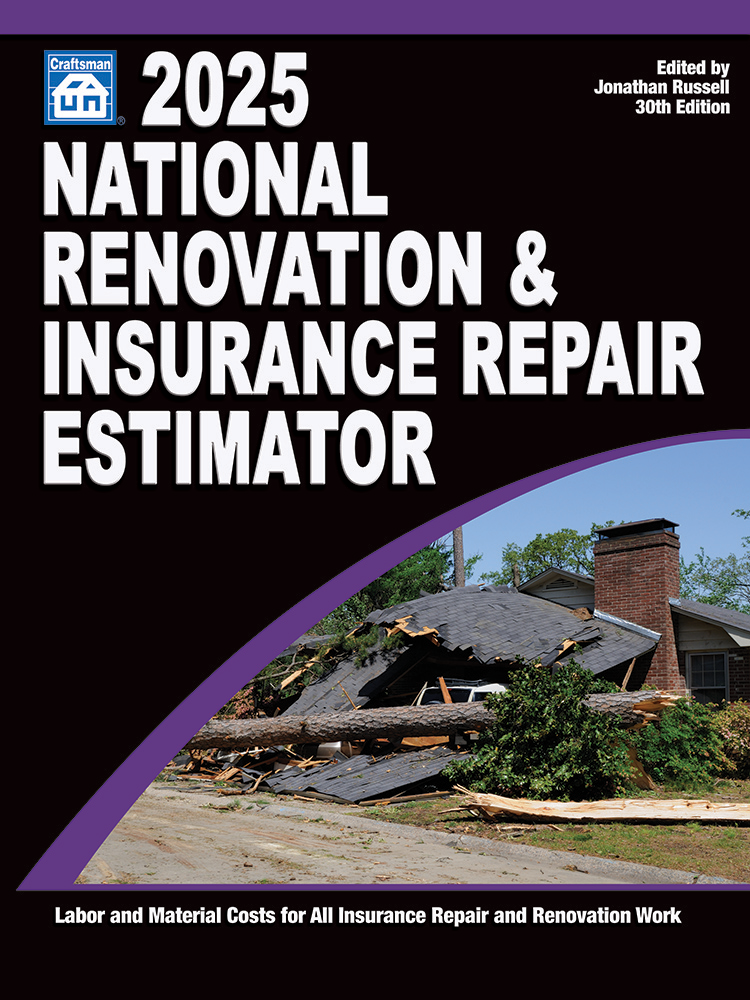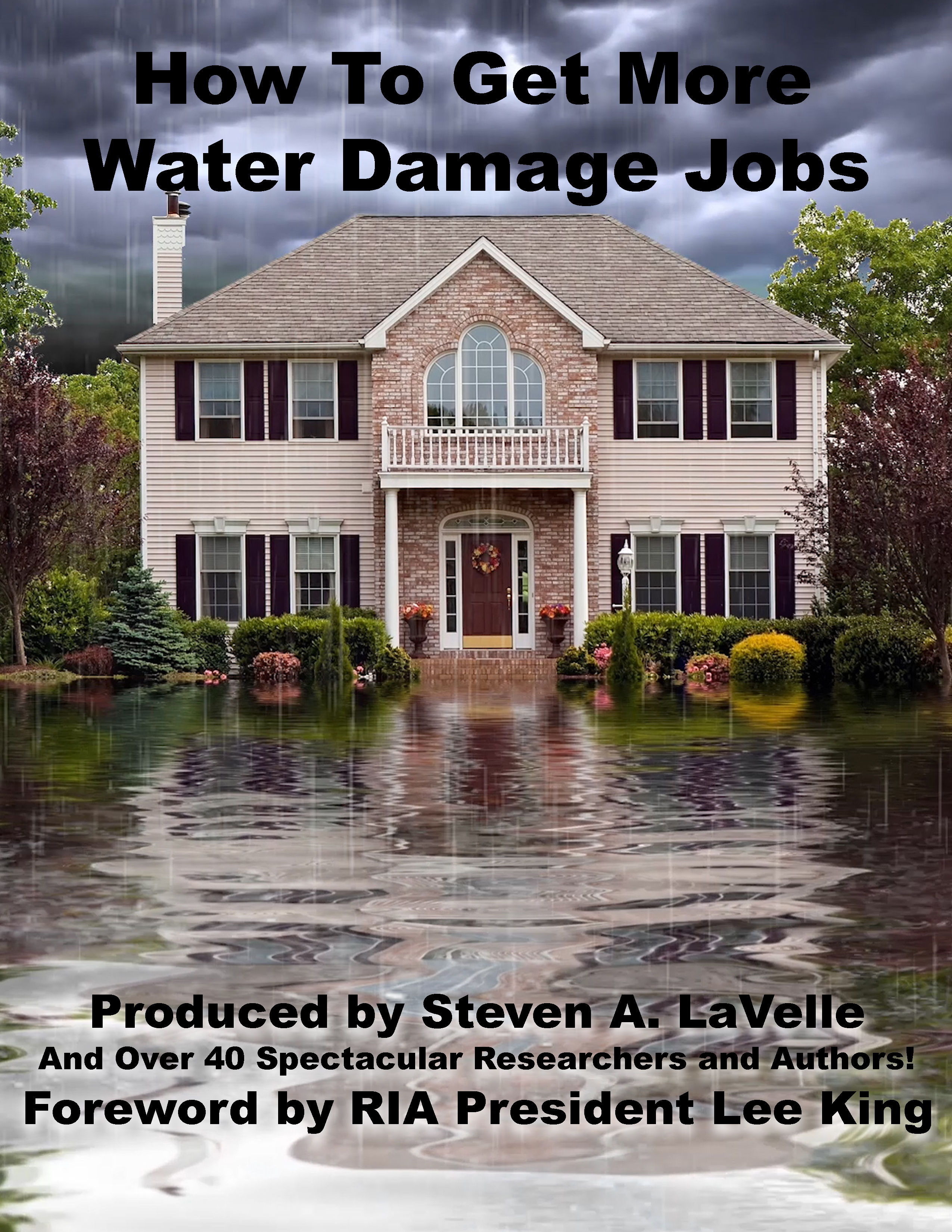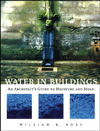Storage Unit Water Damage - Causes, Repair and Insurance

Photo: PixelCatchers / E+ via Getty Images
As a storage facility owner, I have seen how devastating water damage can be to stored belongings.
It’s not pretty. Minor leaks can quickly flood an entire unit, or even multiple units, which is why water damage poses one of the biggest threats to items kept in storage units.
Let's explore the causes, repair strategies and preventive measures we've learned through years of managing these situations that you can later educate your own customers on.
What Causes Storage Unit Water Damage?
Poor drainage systems often lead to water pooling around units, especially during heavy rainfall.
Aging roofs develop leaks over time, allowing water to seep in and damage tenants' belongings.
Units with climate control issues can create condensation problems, while faulty plumbing systems occasionally burst or leak, affecting multiple units simultaneously.
And, although much more rarely, fire sprinklers can sometimes lead to water damage and mold.
Particularly challenging is the domino effect of water damage — when one unit experiences flooding, neighboring units often suffer consequences too.
How to Repair Storage Unit Water Damage?
First, ensure all affected items are removed from the unit and properly dried.
Quick action is crucial — within the first 24-48 hours — to prevent mold growth and further damage to belongings.
A repair process typically involves:
- Using commercial dehumidifiers and fans to dry out the damp areas
- Thoroughly cleaning and disinfecting the space to prevent mold growth
- Inspecting and repairing any structural damage to walls, floors, or ceilings
- Testing humidity levels to ensure the unit is completely dry before allowing items to be returned
- Proper documentation of the damage and repair process is essential, especially for insurance purposes.
Speaking of, we’ll later discuss the insurance implications of storage unit water damage.
But first, some prevention tips.
How to Prevent Storage Unit Water Damage?
We, as a facility, regularly inspect our facility's roof, gutters, and drainage systems to prevent potential issues.
During our routine maintenance checks, we pay special attention to signs of water damage like water stains, musty odors, or dampness.
We also advise our tenants to:
- Store items at least 6 inches off the ground using pallets or shelving
- Use waterproof plastic containers instead of cardboard boxes
- Wrap furniture and valuable items in protective plastic covering
- Regularly visit their units to check for any signs of water damage
Simple preventive measures like these can save thousands of dollars in potential damage.
Storage Unit Water Damage Insurance
While most storage facilities, including ours, require basic insurance coverage, we always recommend that tenants carefully review their policies. Standard storage insurance typically covers damage from burst pipes or leaking roofs, but many policies exclude flood damage.
We've found that the best approach is a combination of the facility's insurance and additional coverage through personal insurance or third-party storage insurance providers.
Documenting stored items with photographs and maintaining detailed inventories significantly smooths the claims process.
We can't stress enough how crucial it is to understand your insurance coverage before storing valuable items. We've seen too many cases where tenants assumed they were covered, only to discover gaps in their coverage after experiencing water damage.
Final Words
Over the years, we've found that the key to minimizing water damage impact lies in combining proper insurance coverage with preventive measures and quick response to any signs of water intrusion.
Looking for a reprint of this article?
From high-res PDFs to custom plaques, order your copy today!









